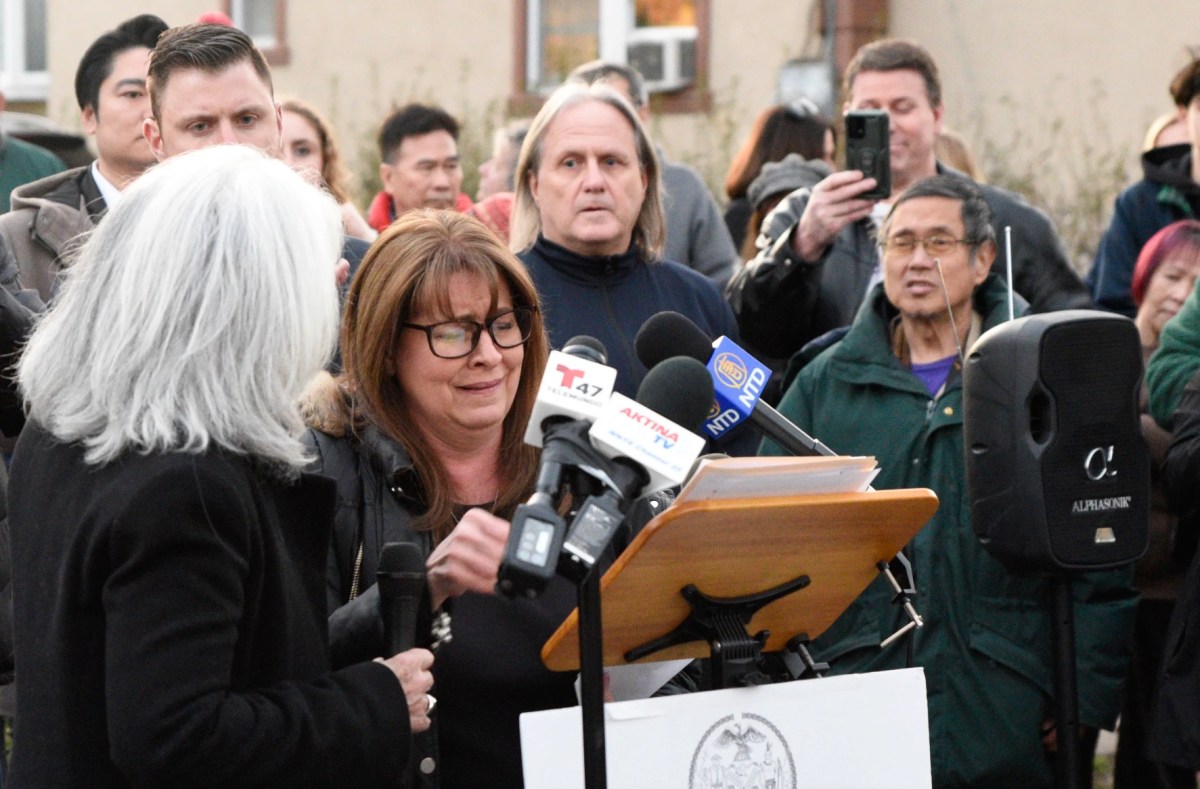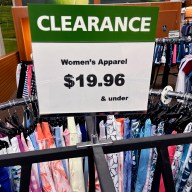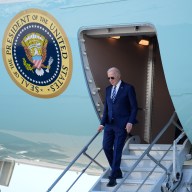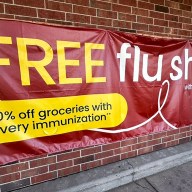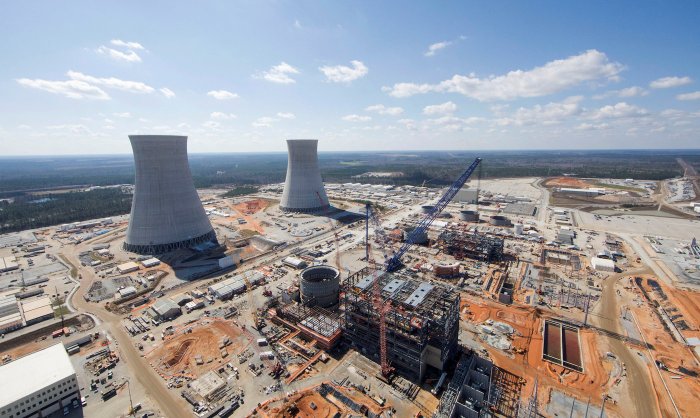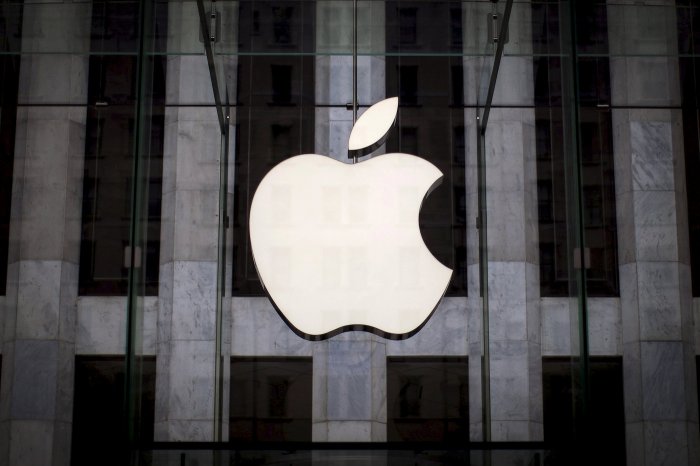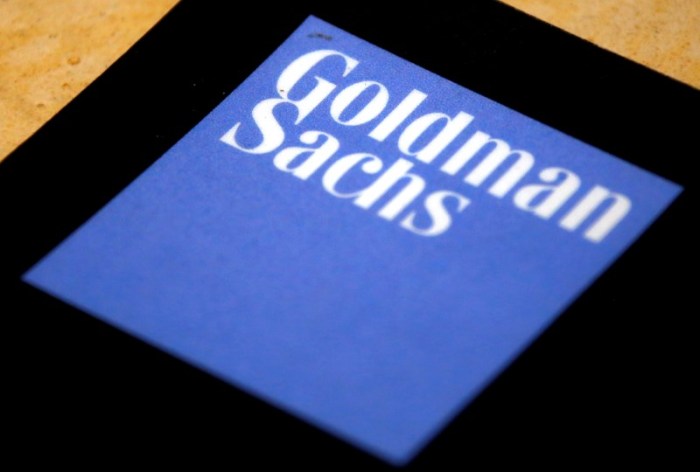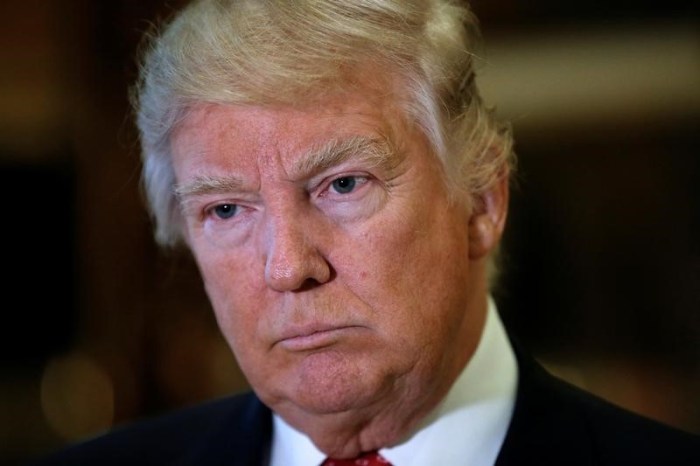By Philip Blenkinsop
BRUSSELS (Reuters) – Anheuser-Busch InBev The Belgium-based brewer, on the verge of buying its largest rival SABMiller That is a bold target. Industry monitor Plato Logic says beer of up to 2.8 percent alcohol by volume (abv) had only a modest 2.5 percent share in 2014, although annual growth was 4-6 percent versus just one percent for beer as a whole. Brewers pioneered non-alcoholic beer in the 1980s and 1990s, with only limited success. This time they believe they have two game-changers — sustainable consumer demand and a product that actually tastes like regular beer. AB InBev, best known for its Budweiser, Stella Artois and Corona brands, has committed $1 billion to reducing alcohol abuse, with pilot projects to start in six cities later this year. It will spend far more than that on developing new low alcohol products of up to 3.5 percent, or “no-alcohol” products of 0.5 percent and lower. Its latest, 0.0 percent Budweiser Prohibition Beer, launched in Canada in May as a possible prelude to its sale in larger markets.
FATTER MARGINS
Faced with the rising challenge from smaller craft brewers and limited growth of mature markets, major brewers hope weak beer is a sector where they can rapidly expand.
“The higher alcohol segment is largely covered by craft,” said Euromonitor senior drinks analyst Spiros Malandrakis. “The mainstream boys have decided to go to a segment that is less saturated.” The attraction is clear, with potentially stronger growth and fatter margins as brewers sell non-alcoholic products at the same price or more than a regular beer, but pay far lower or no excise tax. Chief Executive Carlos Brito told shareholders in April AB InBev was following consumer trends, with appealing drinks that were also low calorie and made from natural ingredients.
“You have an ocean of opportunity, all these soft drinks, water, juices, energy drinks that today we don’t tackle,” he said.
Brito is not alone. Carlsberg TASTE CHALLENGE
Charles Nouwen, AB InBev’s global director for product development, says the new Prohibition Beer is the result of radical changes to the production process.
Previously, brewers had tended to stop fermentation at an early stage, resulting in a sweet malty brew. Or they would take a regular beer and heat it up to evaporate the alcohol, effectively cooking it and risking an oxidized or stale taste. Nouwen said his company, wanting to produce a non-alcoholic beer as close as possible to Budweiser, had made a base beer that was rounder and richer than a normal Bud, knowing it would undergo a change when the alcohol was drawn out. Then, by sharply reducing the pressure, it removed the alcohol at a far lower temperature, while also capturing compounds such as esters and other flavorings that might have escaped, pushing them back into the brew. “For lots of consumers we tested with, and even colleagues not involved in tasting panels, we fooled many by mixing some Bud and Bud Prohibition, trying to get them to find which was which. It was not necessarily easy for them,” Nouwen said. HEALTHY LIFESTYLES
AB InBev and fellow brewers believe consumers have also changed too since the 1980s when non-alcoholic beer was targeted more at drivers and pregnant women.
They are not looking to woo teetotallers, but responding to health-conscious consumers seeking lower calorie, more natural alternatives to standard soft drinks.
“Consumers have evolved, saying they want to have something that is lighter or non-alcoholic for enjoyment… They want to look cool drinking that as part of everyday life with friends,” Nouwen said. Counting calories is also a factor. Nanny State, the 0.5 percent beer of British craft brewer Brewdog, has 26 calories per 330 milliliter bottle, against 150 for its top-selling Punk Ale or 139 for the same sized can of regular Coca Cola. Brito has said AB InBev will launch variations on current products and totally new brands and seek to learn from pilot projects in Argentina, Belgium, Brazil, China, Mexico and the United States how to make “smart drinking” cool. Andrew Holland, beverage analyst at Societe Generale, said AB InBev needed to win over consumers in the Americas, which account for some 70 percent of its volumes now.
“AB InBev does have a solid record of hitting targets…. but it’s a big ask,” he said.
(Additional reporting by Martinne Geller in London; Editing by Keith Weir)







